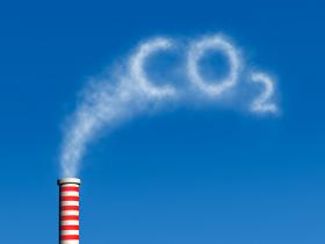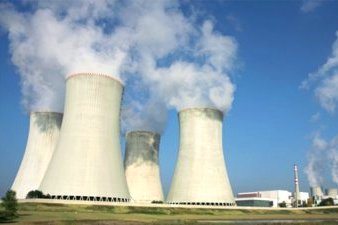
London – Carbon Market Data, a European company providing carbon market research and IT services, issued a data summary on the recent release of the EU Emissions Trading Scheme’s 2012 verified emissions reports.
Based on Carbon Market Data calculations, the EU emissions trading scheme (EU ETS) installations were long by 164 Mt in 2012 (they emitted 164 million tonnes CO2 less than their number of freely received carbon allowances). This figure is derived from the verified emissions data submitted so far by 95% (in volume) of the 11,300 installations currently included in the trading scheme. It shows that EU ETS installations emitted – in total – 8% less CO2 than the number of allowances they received for free.
These figures include the 27 EU countries, except Bulgaria and Cyprus.
These figures do not include either so-called “new entrant reserves” allowances, which are distributed for free to new installations and to installations expanding the volume or the nature of their activities.
In 2012, EU countries allocated to their installations a total of 2,034 million allowances (an allowance is a permit to emit one tonne of carbon dioxide). Verified emissions data submitted so far show that these installations emitted during the same period 1,786 MtCO2. This represents an average decrease in CO2 emissions of 1.4% per installation in 2012 over 2011 (this figure takes into account only the installations that have submitted their emissions report).
This decrease in CO2 emissions was expected by most analysts and may be due to the economic stagnation in Europe combined with the effect of energy efficiency and renewable energy policies, despite low coal and carbon prices.
In 2012, only two countries allocated to their installations – in aggregate – less free allowances than they emitted: Germany (29 Mt) and the United Kingdom (2.5 Mt).
All the other countries allocated to their installations more allowances than the amount of carbon emitted in 2012. Romania (-26 Mt), France (-25 Mt), the Czech Republic (-17 Mt), Spain (-17 Mt), and Poland (-16 Mt) are topping the list of countries with a surplus in EU carbon allowances.
In terms of emissions evolution between 2012 and 2011, nine countries saw an increase of their CO2 emissions. Malta (+7.5%), Ireland (+7%) and the U.K. (+4.7%) experienced the highest increases in CO2 emissions.
Countries that saw a decrease in their CO2 emissions in 2012 are topped by Northern European countries: Finland (-15%), Denmark (-15%), Estonia (-8.5%) and Sweden (-8.3%). Finland and Denmark had made exactly the same performance last year, i.e., these two countries reduced their CO2 emissions by nearly 30% from 2010 to 2012.

The data summary also provides a list of the 20 largest CO2 emitting installations in 2012 in the European emissions trading scheme (excluding Bulgaria). The total emissions of these 20 installations amount to 316 MtCO2, for a combined shortage of 107 million free carbon allowances.
Aviation Sector
The aviation sector entered the EU emissions trading scheme on 1 January 2012. Therefore, airline companies participating to the programme have for the first time reported their verified emissions.
The table below displays the list of the 15 biggest CO2 emitting airlines of the international scheme (provisional data).

Source: Carbon Market Data.
About Carbon Market Data
Carbon Market Data is a carbon market research company and data vendor offering information, consulting and technology services to a wide range of organisations in the world. Carbon Market Data developed the EU ETS Companies Database, a unique and innovative carbon disclosure solution. The Database is a corporate carbon tracking tool that provides strategic information on more than 900 companies included in the EU emissions trading scheme related to: CO2 verified emissions; Freely allocated allowances; CERs surrendered; ERUs surrendered; Emissions-to-cap figures; List of installations; List of parent companies; List of subsidiaries; List of underlying CDM-JI projects; Sector of activity; and Contact details. For more information, visit www.carbonmarketdata.com.


















